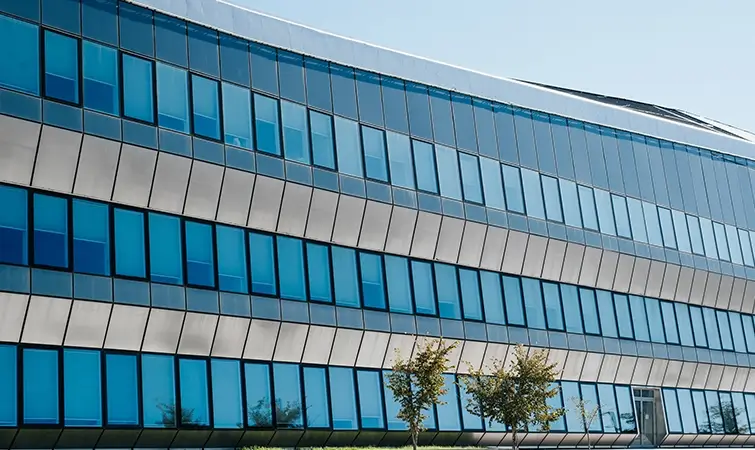There was a time when SAP was majorly used in the IT sector. Slowly and steadily it found its way into other industries, such as education and manufacturing. Different applications were incorporated to assist functionality in these sectors, such as SAP Business One Add On implementation for Manufacturing. Once industries across several verticals saw what SAP was capable of doing, there was no stopping. Of late, the retail industry is thoroughly enjoying its benefits.
SAP Business One Partners have always stressed on the various advantages that the retail industry can enjoy through SAP. Retail is one such industry that experiences changes overnight and it has to keep up with the customers and their demands at every point of time; failing to do so results in lower customer satisfaction and ultimately loss of customers. SAP will allow you to study the buying habits, identify different factors responsible for the changing retail environment, keep up with newer payment methods and leverage the overall buying experience for all the customers.
Changes in Retail Industry
In the recent years, everybody in retail has noticed the huge impact of personalization has. It makes a massive difference and they observed that personalizing products has resulted in happier customers. Furthermore, this translated into increased sales and higher recall value. In fact, they saw customers coming back to them for more. Retail is about making the customers feel special and personalization took the special factor up by a few notches. However, devising strategies around personalization isn’t simple and this is where SAP steps in. Let us see how retailers are using SAP to devise ‘personalized’ strategies and thus enjoying an increased influx of customers.
Using SAP to Design Strategies
Retailers revolve their strategies around maintaining strong CRM, having up-to-date customer data, keeping their marketing systems current and enhancing their customers’ retail experiences. The following strategies have been achieved with the help of SAP.
- Having a consistent message throughout various mediums
Retail outlets have stepped outside the brick and mortar building to reach out to their customers. Almost every retailer can be found on a virtual space and communicating with them has become easier. However, when there are multiple mediums of communication, ensure that the message on all of them is consistent. Inconsistent messages create conflict and there is a risk of losing customers.
For example, if you have an offer that is valid only for online purchases, be clear about the same on every virtual platform. You don’t want customers coming into the stores to avail the offer only to realize it’s not valid. Keep the message and tone of the message consistent across all mediums. SAP uses a centralized database to maintain the consistency.
Retailers present different offers to different customers based on whether they are preferred customers, members or regular customers. SAP makes sure that the right message reaches the right category of people. Imagine an offer meant for members only reaches a regular customer and then you having to explain the mistake once they are in store. You don’t ever want to be in that scenario and SAP ensures that it never happens. The message should be consistent in real as well as the virtual stores.
- Using relevant, real-time customer-centric data
The mind of a customer changes unexpectedly. Their desires change in a matter of minutes. They might come with one shopping list in hand and walk out with something entirely different. SAP Business One Partners believe that this nature of customers should be considered into retail marketing as well. SAP outlines the customers’ buying patterns and their changing behaviors and notifies the shift to the retailers. They can then act accordingly and offer alternate products as the customers’ desire. For this to be possible, real-time and relevant data should be used. It is important to remember that retail related data can change in a day, so using obsolete data would pull you back. For designing any strategy, companies should always use real-time data.
To elevate the customer service and satisfaction levels, different add-ons related to retail can be used such as SAP Business One implementation for Manufacturing is used in the manufacturing field. Merge all the various ends of customer service together and you would be a strong contender in the retail market.







